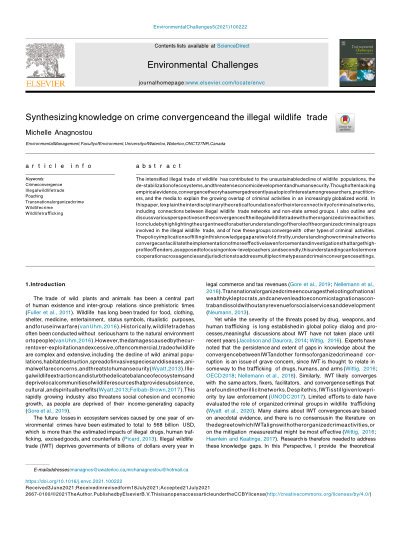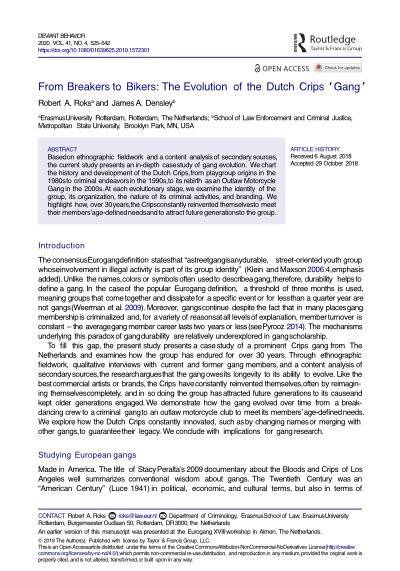By Amanda Doggett, ; Kyla Belisario,; André J. McDonald,; et al
Importance A key concern about recreational cannabis legalization is increases in use and adverse consequences, particularly among young adults (aged 18-29 years) who have the highest prevalence of cannabis use, and especially in higher-risk, more vulnerable young adults. However, few longitudinal studies have examined patterns of cannabis consumption in high-risk young adults over the course of legalization.
Objective To examine changes in cannabis use frequency and cannabis-related consequences over recreational cannabis legalization in Canada in a longitudinal sample of high-risk young adults.
Design, Setting, and Participants Longitudinal observational cohort study following young adults in Ontario, Canada, aged 19.5 to 23.0 years who reported regular heavy episodic drinking (65% past-month cannabis use) at enrollment. Participants were surveyed every 4 months for 3 years between February 2017 and February 2020 (3 prelegalization waves, 4 postlegalization waves). Data were analyzed from March to May 2023.
Exposures Recreational cannabis legalization in Canada and 4 potential moderators of change: sex, income, education, and prelegalization cannabis use frequency.
Main Outcomes and Measures Cannabis use frequency and cannabis-related adverse consequences.
Results In a cohort of 619 high-risk young adults (baseline mean [SD] age, 21.0 [1.2] years; 346 female participants [55.9%]), omnibus model testing revealed significant overall decreases in both cannabis use frequency (F = 2.276, 3000.96; P = .03) and cannabis-related consequences (F = 10.436, 3002.21; P < .001) over time, but these changes were substantially moderated by prelegalization frequency (frequency: F = 7.5224, 3021.88; P < .001; consequences: F = 7.2424, 2986.98; P < .001). Follow-up tests showed individuals who used cannabis more frequently prelegalization significantly decreased their use and cannabis-related consequences postlegalization. In contrast, individuals who did not use cannabis prelegalization exhibited a small magnitude increase in frequency over time but nonsignificant changes in cannabis-related consequences. Sex, income, and education did not moderate changes over time.
Conclusions and Relevance In this cohort study of high-risk young adults, individuals using cannabis frequently prelegalization showed significant reductions in use and consequences over time, reflecting an aging out pattern. Small increases in use among participants with no prelegalization use were observed over time, but without parallel changes in cannabis-related consequences. The results did not reveal substantive adverse near-term outcomes across the legalization period, although a within-participants design cannot rule out the possibility of alternative trajectories in the absence of legalization.
JAMA Netw 5 September 2023Open; 6(9); 2023





















